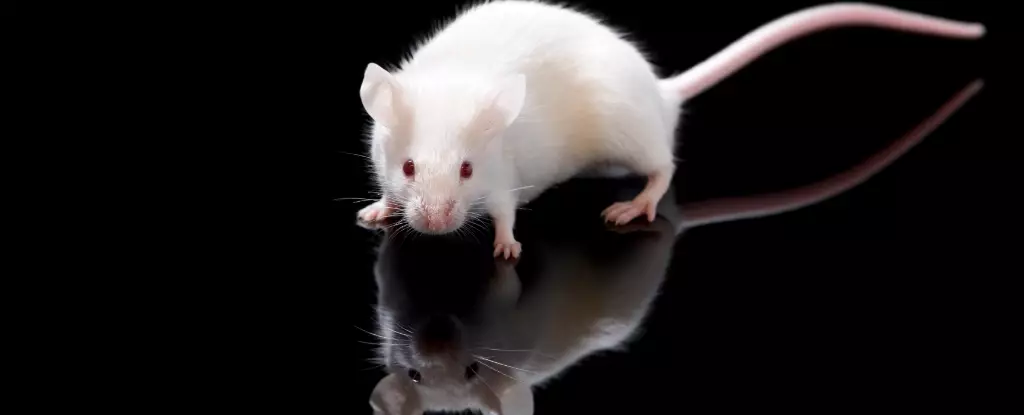Recent breakthroughs in biological research have taken a page right out of science fiction novels, with researchers successfully transforming parts of living mice into a transparent state. The innovative technology developed by Stanford University scientists has the potential to revolutionize the way researchers observe and study organisms’ inner workings while they are alive.
The development of a biologically-safe dye that renders tissues transparent is a significant milestone in the field of biology. By manipulating the light scattering abilities of cells’ surrounding fluids, researchers have been able to make tissues transparent, allowing for a clear view of blood vessels, organs, and even contracting muscles in living mice. This groundbreaking technology opens up new possibilities for better understanding biological processes.
The key to achieving tissue transparency lies in the interaction of light with materials of different refractive qualities. When light of a specific wavelength encounters materials with varying refractive indices, it scatters in all directions, resulting in opacity. By introducing a substance like the food-safe dye tartrazine, researchers were able to alter the fluid surrounding cells, reducing scattering and enhancing transparency significantly.
The implications of this technology extend far beyond mere observation. From making veins more visible for blood draws to aiding in laser-based tattoo removal and facilitating early cancer detection and treatment, the possibilities are endless. The biocompatibility, affordability, and efficiency of the dye make it a promising tool for various biomedical applications.
While the success achieved in making living mice transparent is truly remarkable, challenges remain when it comes to applying this technology to humans. Human skin, being ten times thicker than that of mice, presents a significant hurdle that researchers are eager to overcome. The next frontier for the research team lies in exploring the feasibility of adapting this method to work on human tissues.
The transformation of living mice into a see-through state represents a monumental advancement in biological research. By harnessing the principles of light scattering and material refractivity, researchers have unlocked a new realm of possibilities for studying living organisms in unprecedented detail. As the scientific community continues to push the boundaries of what is possible, the potential for further groundbreaking discoveries in biomedicine looms on the horizon.

Leave a Reply